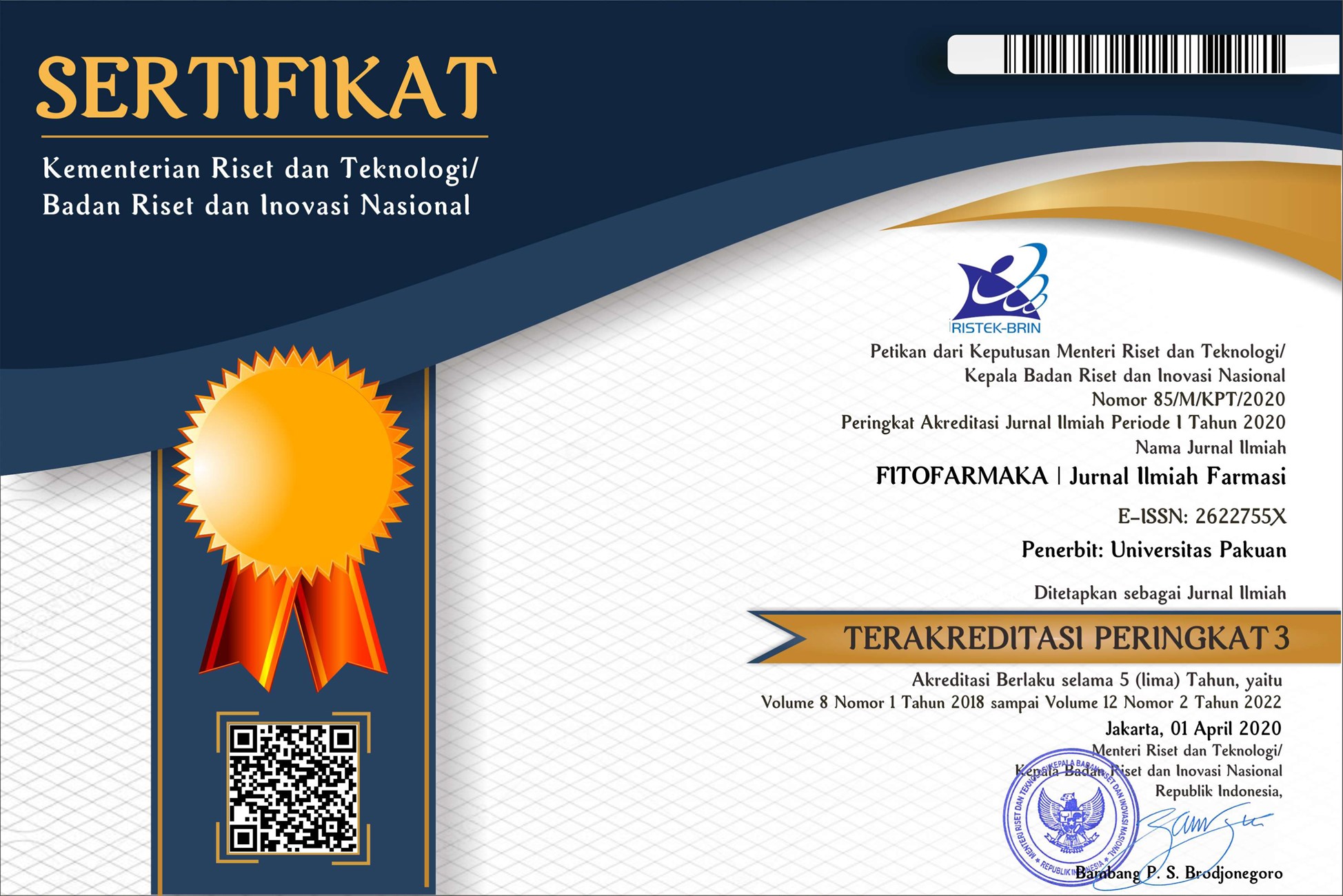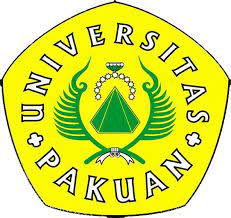The Effect Javanese Chili Extract (Piper Retrofractum Vahl) Administration On The Increase Of Albino Male Mice Libido
Abstract
Libido is a sexual desire that is an important part of adult human life. The main active compound of Javanese chili is piperine. Javanese chili is reported to cause increased libido. The study aimed to evaluate the effect of administration Javanese chili extract (Piper retrofractum Vahl) to increase libido in albino male mice. The doses of Javanese chili extract used is 50 mg/kgbw; 100 mg/kgbw; and 200 mg/kg bw given as a single dose for 9 days. The parameters observed were kissing, mounting latency, and mounting frequency of albino male mice. The results showed that the administration of Javanese chili extract at doses of 50 mg/kgbw, 100 mg/kgbw, and 200 mg/kgbw showed faster kissing and mounting latency and higher mounting frequency and significantly different (p<0,05) compared to the control group. Increasing the dose of Javanese chili fruit extract gave a very strong correlation to the reduction in kissing and mounting latency (r = -0,951 and r = -0,933), and increased mounting frequency (r = 0,892). From the research results, it can be concluded that the administration of Javanese chili fruit extract can increase the libido of albino male mice and the increase in the dose of Javanese chili extract gives a very strong correlation to the increase in the libido of albino male mice.
Keywords
References
Departemen Kesehatan RI. (1989). Materia Medika Indonesia Jilid V. Jakarta : Direktorat Jendral Pengawasan Obat dan Makanan.
Departemen Kesehatan RI, Ditjen POM. (2000). Parameter standar umum ekstrak tumbuhan obat. Jakarta : Departemen Kesehatan Republik Indonesia.
Evacuasiany, Endang, and Sugiarto Puradisastra. "Ekstrak Biji Pala (Myristica Fragans Houtt) Dan Cabe Jawa (Piper Retrofractum Vahl) Sebagai Afrodisiak Pada Tikus Dan Mencit." Maranatha Journal of Medicine and Health, 10(2), 158-166.
Gutierrez, M. A., & Stimmel, G. L. (1999). Management of and counseling for psychotropic drug-¬¬-induced sexual dysfunction. Pharmacotherapy, 19(7), 823831. https://doi.org/10.1592/phco.19.10.823.31553
Ganong W. F. (2003). Review of Medical Physiology, 21st ed., McGraw-Hill Co.
Hull, E. M., Muschamp, J. W., & Sato, S. (2004). Dopamine and serotonin: Influences on male sexual behavior. Physiology and Behavior, 83(2), 291307. https://doi.org/10.1016/j.physbeh.2004.08.018
Litwack G. (1992). Biochemistry of Hormones II: Steroids Hormones dalam Textbook of Biochemistry with Clinical Correlations,3rd.ed.,Willey Liss.Inc., New York.
Nugraha, B. D. (2005). Seks Harmonis, Cermin Dunia Kedokteran, Jakarta, No.146
Pfaus, J. G., Kippin, T. E., & Centeno, S. (2001). Conditioning and sexual behavior: A review. Hormones and Behavior, 40(2), 291321. https://doi.org/10.1006/hbeh.2001.1686
Sidik. (2005). Etnofarmakologi dan Kima Tumbuhan Afrodisiaka, Dept. Farmasi FMIPA, Universitas Padjajaran Bandung.
Tajuddin Shamshad Ahmad, Abdul Latif, Iqbal Ahmad Qasmi, Kunwar Mohammad Yusuf Amin. (2005). An Experimental Study of Sexual Function of Sexual Function Improving Effecting of Myristica fragrans Houtt (nutmeg). BMT Complementary and Alternative Medicine 5: 16.
Thompson, E. (1985). Drug Bioscreening Fundamental of Drug Evaluation Techniques in Pharmacology, Grace Way Publishing Company, New York.
DOI: 10.33751/jf.v10i2.2176
 Abstract views : 680
Abstract views : 680
Refbacks
- There are currently no refbacks.















